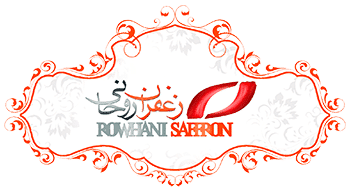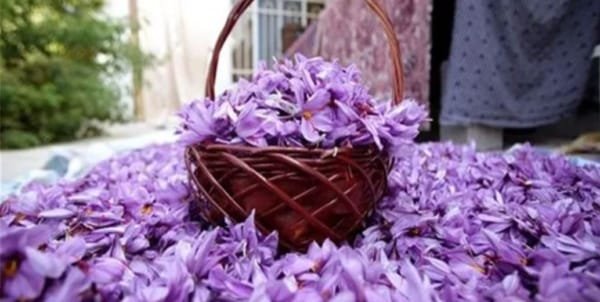 Features of Authentic Saffron to Consider When Purchasing
Features of Authentic Saffron to Consider When Purchasing
Authentic Saffron Features
One of the biggest challenges for saffron buyers is the inability to identify the authenticity of the product. Saffron is one of those plants that is easily prone to counterfeiting due to its visible characteristics. In some cases, fraudsters dye corn stigmas (silk) and sell them as saffron. This issue becomes more significant when a buyer is looking to purchase saffron in bulk, as a lack of authenticity can lead to a large financial loss.
First Feature of Authentic Saffron
The first and simplest feature to look for is the saffron threads themselves. Each saffron strand has three branches. Authentic saffron threads are trumpet-shaped, meaning that if you examine them closely, you will notice that the upper part (near the flower stem) is narrower. Authentic saffron has a bright red color, a pleasant yet slightly bitter taste, and a strong aroma.
Second Feature of Authentic Saffron
The second feature to check is whether the saffron threads leave any oily stains when pressed between blotting paper or newspaper. Authentic saffron will powder when pressed, while fake saffron will leave an oily mark.
Third Feature of Authentic Saffron
Another important feature is saffron’s resistance to dissolving in gasoline. The color of saffron threads should not dissolve in gasoline. If you place a few strands of saffron in gasoline, the liquid should not turn colored. Saffron generally has a slow dyeing process. In some cases, fraudsters sell cheaper yellow threads that have been dyed to appear like saffron, and these threads are more quickly dyed. Therefore, be sure to check this when buying saffron.
Fourth Feature of Authentic Saffron
The fourth characteristic involves saffron’s reaction when exposed to methane gas (such as that from city gas). If saffron is placed over a gas flame, it should burn with purple or orange hues. If it burns with a yellow color, it indicates that the saffron is not authentic.
Fifth Feature of Authentic Saffron
The final feature is saffron’s resistance to boiling in water. When you place a few threads of saffron in boiling water, authentic saffron should not change color. However, if the saffron is counterfeit, the threads will begin to change color (they will turn white after about five minutes).







Get Social